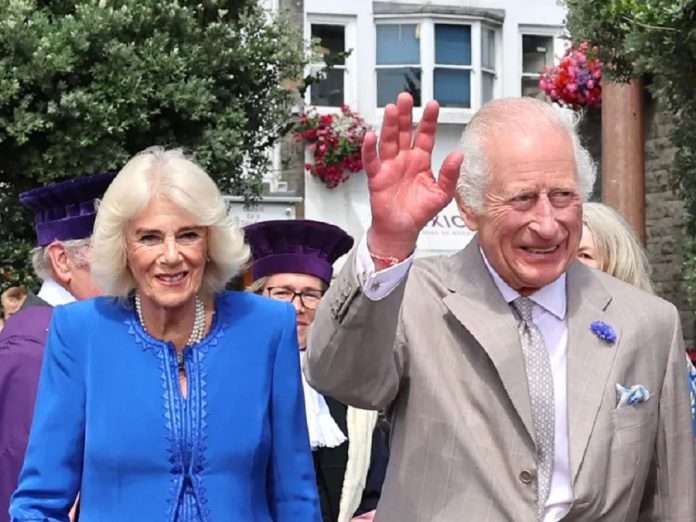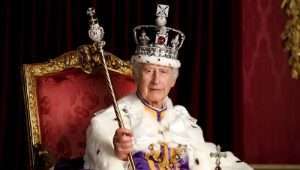Queen Camilla’s Son Says King Charles “Practices What He Preaches” When it Comes to His Diet
Queen Camilla’s son is dishing (pun intended) on the diet preferences and differences between his mom and stepfather, King Charles. In a written piece for The Daily Mail, Tom Parker Bowles—who is promoting his new book, Cooking and the Crown: Royal Recipes from Queen Victoria to King Charles III—revealed the culinary differences between the royal couple, including King Charles’ commitment to clean, healthy eating.
“There is no man who knows more about food and farming, from the best of British cheeses, through rare breeds of sheep and cow, to heritage varieties of plum, apple and pear, than the King,” Bowles writes, going on to describe the monarch as “a true food hero.”
“He very much practices what he preaches,” the cookbook author continues. “The King has long talked about the importance of sustainable agriculture, and there is no waste at his table.” According to Queen Camilla’s son, King Charles’ pantry is filled a “seasonal bounty of the royal estates,” including “game, beef and lamb,” plus fruits and vegetables like “peas, strawberries, raspberries and chard.”
In addition to the monarch’s dedication to sustainability, the author says that King Charles skips lunch, and instead of eating in the middle of the day enjoys a serious but relaxed afternoon tea. “Tea however is a serious, though very relaxed meal, wherever it may be,” he writes. “While dinners, away from the official pomp and circumstance, are very laid back indeed.”
Queen Camilla’s son also peeled back the curtain on his mother’s dietary preferences, writing that unlike her husband she does enjoy “a very light lunch,” usually consisting of either “a bowl of chicken soup or some smoked salmon.”
While the Queen and King enjoy low-key meals regularly, Bowles says state dinners and other official royal affairs are just as high-society and majestic as they were when the monarchy was at the height of its power.
“This is not mere eating, rather a brilliantly choreographed ballet, ‘souffle’ diplomacy at its finest, as kings and queen, princes, potentates and presidents sit down to revel in the eternal power of the shared table,” he explains. “Dinners may now only stretch to three courses, but they are still powerful diplomatic tools: edible statecraft, pure dinnertime diplomacy. “Menus are still written in French, and sent up to the King and Queen for their approval,” he continues. “The late Queen, like the King, was a stickler for detail.”





